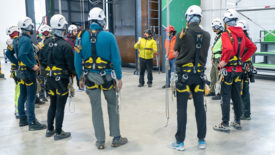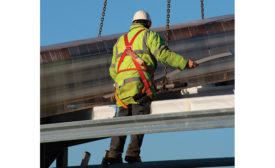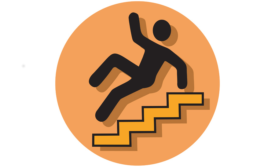Home » Keywords: » guardrails
Items Tagged with 'guardrails'
ARTICLES
The differences between guardrail standards compliant with OSHA 1910 and Cal/OSHA
They're often the first choice for passive fall protection
September 5, 2023
Become a Leader in Safety Culture
Build your knowledge with ISHN, covering key safety, health and industrial hygiene news, products, and trends.
JOIN TODAYCopyright ©2024. All Rights Reserved BNP Media.
Design, CMS, Hosting & Web Development :: ePublishing




